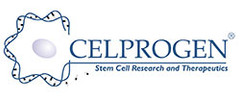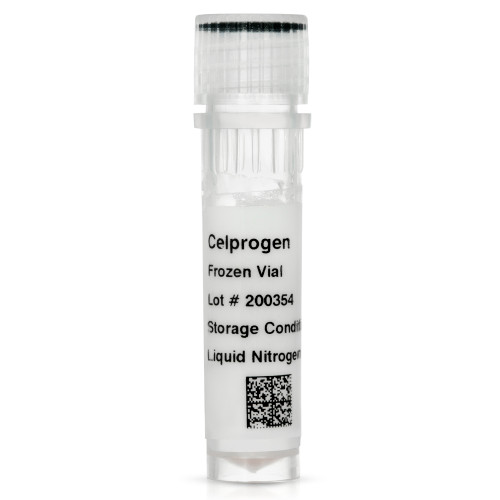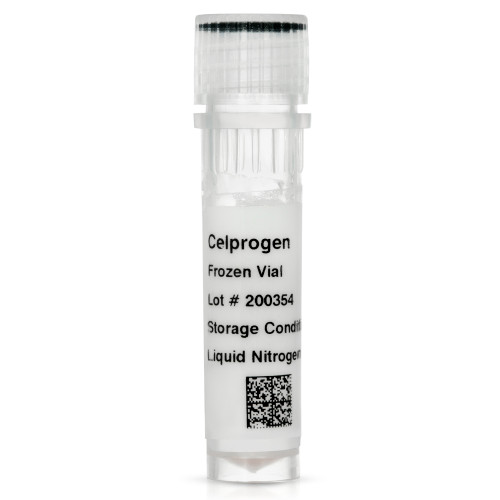Product Description
Muller cells are the principal glial cell of the retina. They form architectural support structures stretching radially across the thickness of the retina and are the limits of the retina at the outer and inner limiting membrane respectively.
Muller cells contain glycogen, mitochondria and intermediate filaments which are immuno-reactive for vimentin and to some extent to glial fibrillary acidic protein (GFAP). The latter filaments are normally in the inner half of the retinal Muller cells and their endfeet, but following trauma to the retina such as retinal detachment, both vimentin and GFAP are massively upregulated and found throughout the cell (Fig. 3, right) (Guerin et al., 1990; Fisher and Lewis, 1995). Muller cells have a range of functions all of which are vital to the health of the retinal neurons. Muller cells function in a symbiotic relationship with the neurons (for an excellent review see Reichenbach and Robinson, 1995).
Thus Muller cell functions include:
1.
Supplying end products of anaerobic metabolism (breakdown of glycogen) to fuel aerobic metabolism in the nerve cells.
2.
They mop up neural waste products such as carbon dioxide and ammonia and recycle spent amino acid transmitters.
3.
They protect neurons from exposure to excess neurotransmitters such as glutamate using well developed uptake mechanisms to recycle this transmitter. They are particularly characterized by the presence of high concentrations of glutamine synthase.
4.
They may be involved in both phagocytosis of neuronal debris and release of neuroactive substances such as GABA, taurine and dopamine.
5.
They are thought to synthesize retinoic acid from retinol (retinoic acid is known to be important in in the development of the eye and the nervous system) (Edwards, 1994)
6.
They control homeostasis and protect neurons from deleterious changes in their ionic environment by taking up extracellular K+ and redistributing it.
7.
They contribute to the generation of the electroretinogram (ERG) b-wave (Miller and Dowling, 1970; Newman and Odette, 1984), the slow P3 component of the ERG (Karwoski and Proenza, 1977) and the scotopic threshold response (STR) (Frishman and Steinberg, 1989). They do so by regulation of K+ distribution across the retinal vitreous border, across the whole retina and locally in the inner plexiform layer of the retina, from Reichenbach and Robinson, 1995, adapted from Newman, 1989).
Therefore, functions of Müller cells can be divided into 3 major categories: (1) Uptake and recycling of neurotransmitters, retinoic acid compounds, and ions (such as potassium K+), (2) control of metabolism and supply of nutrients for the retina, and (3) regulation of blood flow and maintenance of the blood retinal barrier.
Retinal Müller cells, the principal glial cells of the retina, have several key biomarker proteins that can be used to identify and study them. Glial fibrillary acidic protein (GFAP), retinaldehyde-binding protein 1 (RLBP1)/cellular retinaldehyde-binding protein (CRALBP), glutamine synthetase (Glul), vimentin, and S100 calcium binding protein A16 are among the most prominent markers. Additionally, proteins like clusterin (Clu) and dickkopf homolog 3 (Dkk3) are also associated with Müller cell identity.








